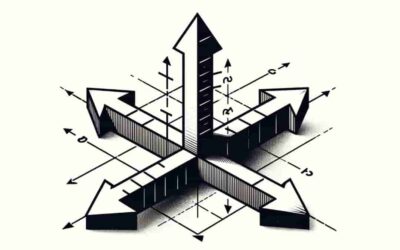Partitioning of a set is distributing the member elements of a set among a group of non-empty subsets in such a way that each member lies in only one of these subsets.
⇒ ∅ ( Empty Set ) cannot be the partition of any set.
Examples ⇒
The set { 1, 2, 3 } can be partitioned in the below subsets :
{ 1 } , { 2, 3 }
{ 2 } , { 1, 3 }
{ 3 } , { 1, 2 }
{1}, {2}, {3}




0 Comments